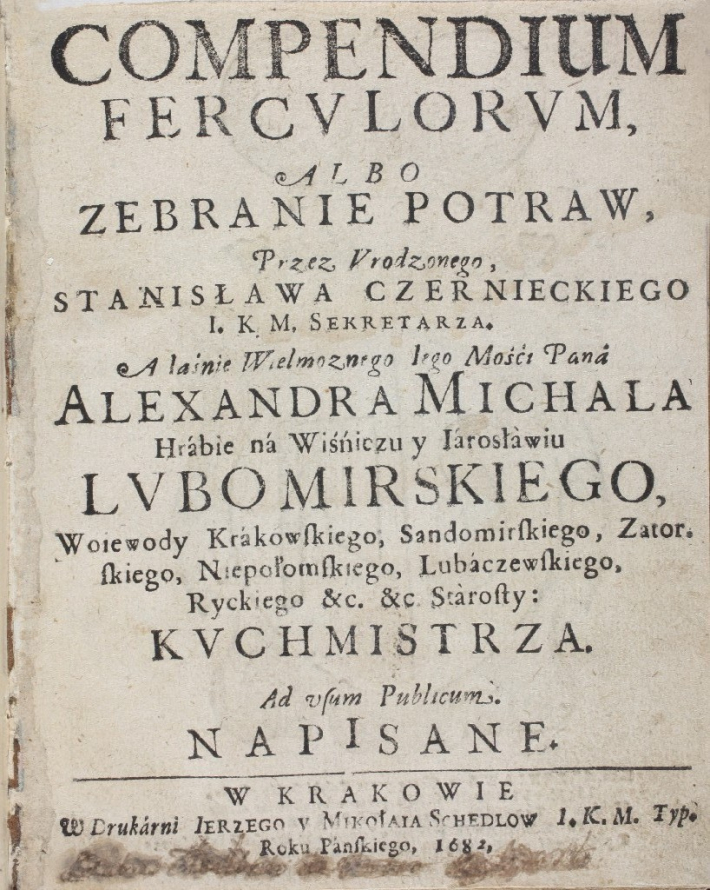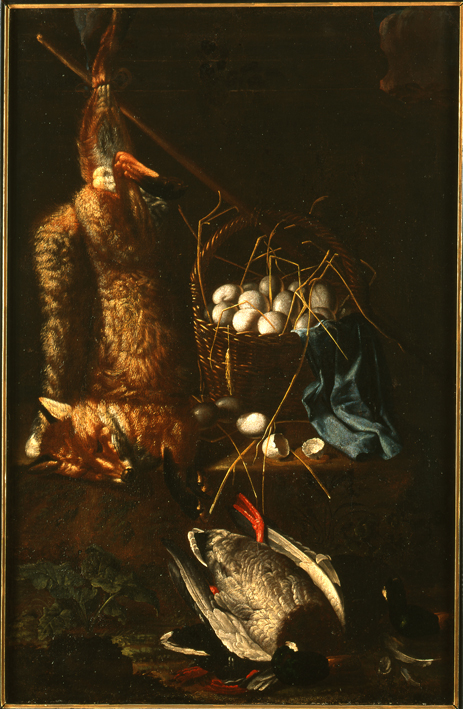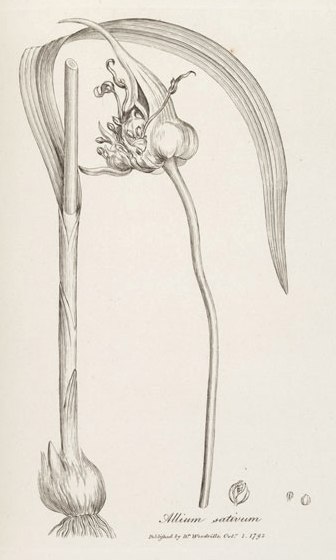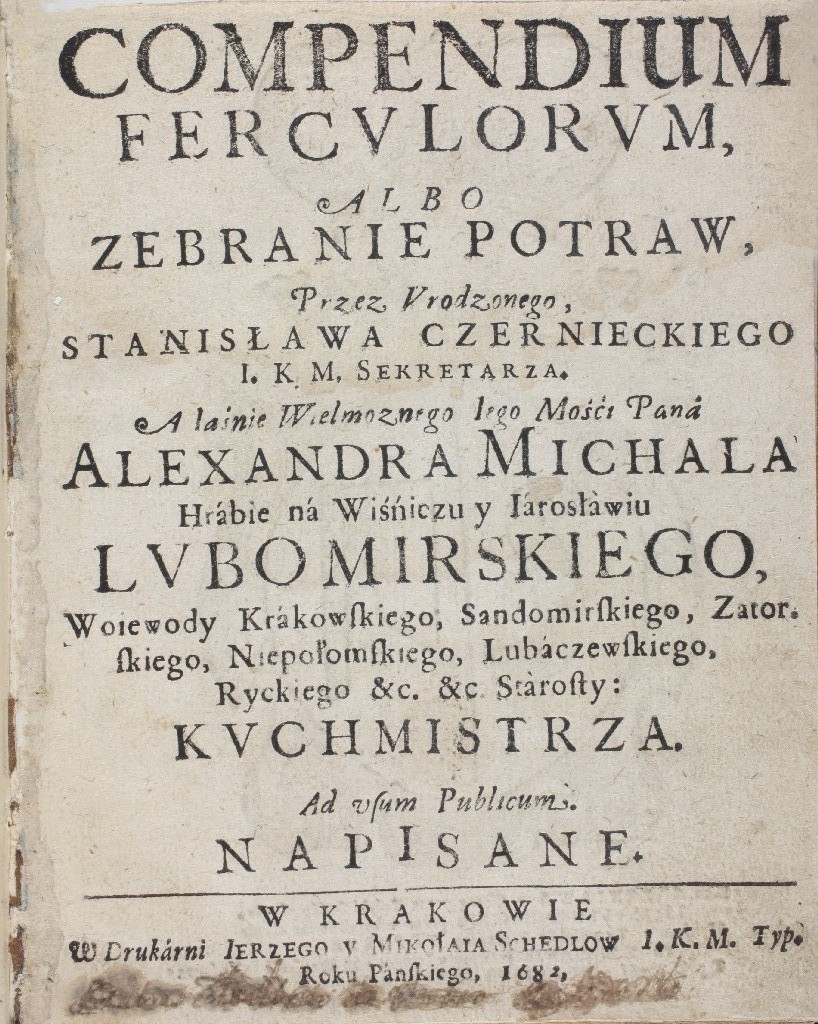Cookbooks, known in Europe as handwritten collections of recipes already in the Middle Ages, became popular and were printed in large numbers in the Early Modern Period. Naturally, they were addressed to a limited group of readers. They were used by wealthy people for whom it was not enough to simply satisfy their hunger. The readers of cookbooks looked for new dishes they did not know as well as for new culinary and aesthetic experiences. Discovering chefs' secrets, they also absorbed with delight information about the world and culinary customs, tastes, fashions and preferences in various countries.
Undoubtedly, this type of literature, practical and relevant to everyday interests found more readers than scholarly treaties or works of former luminaries of literature. The desire to stand out and to copy the lifestyle of higher classes or foreign novelties meant that the readers of cookbooks looked for fashionable models of behaviour, ways of expressing oneself and evidence of one's own social and cultural superiority.
Despite a true outpour of printed books in West Europe already in the 16th and 17th centuries, in Poland, only two such books were published in the Early Modern period. The first Polish cookbook to be printed wasCompendium Ferculorum albo zebranie potraw (Compendium ferculorum or collection of dishes) by Stanisław Czerniecki, chef of the Krakow Voivode Aleksander Michał Lubomirski. The work was published in 1682. Many times reprinted and edited, it is a true monument of the old Polish culinary art. The second cookbook published in Poland in the period before the partitions was the Kucharz doskonały (Perfect cook) from 1783.
Although only two cookbooks were printed in Poland before the partitions (and these were many times reprinted and sometimes edited), our ancestors used various handwritten collections of recipes. Rewritten and translated from printed versions, supplemented with individual inventions by entire generations and now hard to find in the forgotten archives of the nobility, they are not only a treasure of the national tradition but also a living source of inspiration for contemporary masters of the culinary art. One of the most famous authors of recipes circulating in the former Commonwealth only as manuscripts was Paul Tremo, chef of King Stanisław August.
Translation: Lingua Lab






